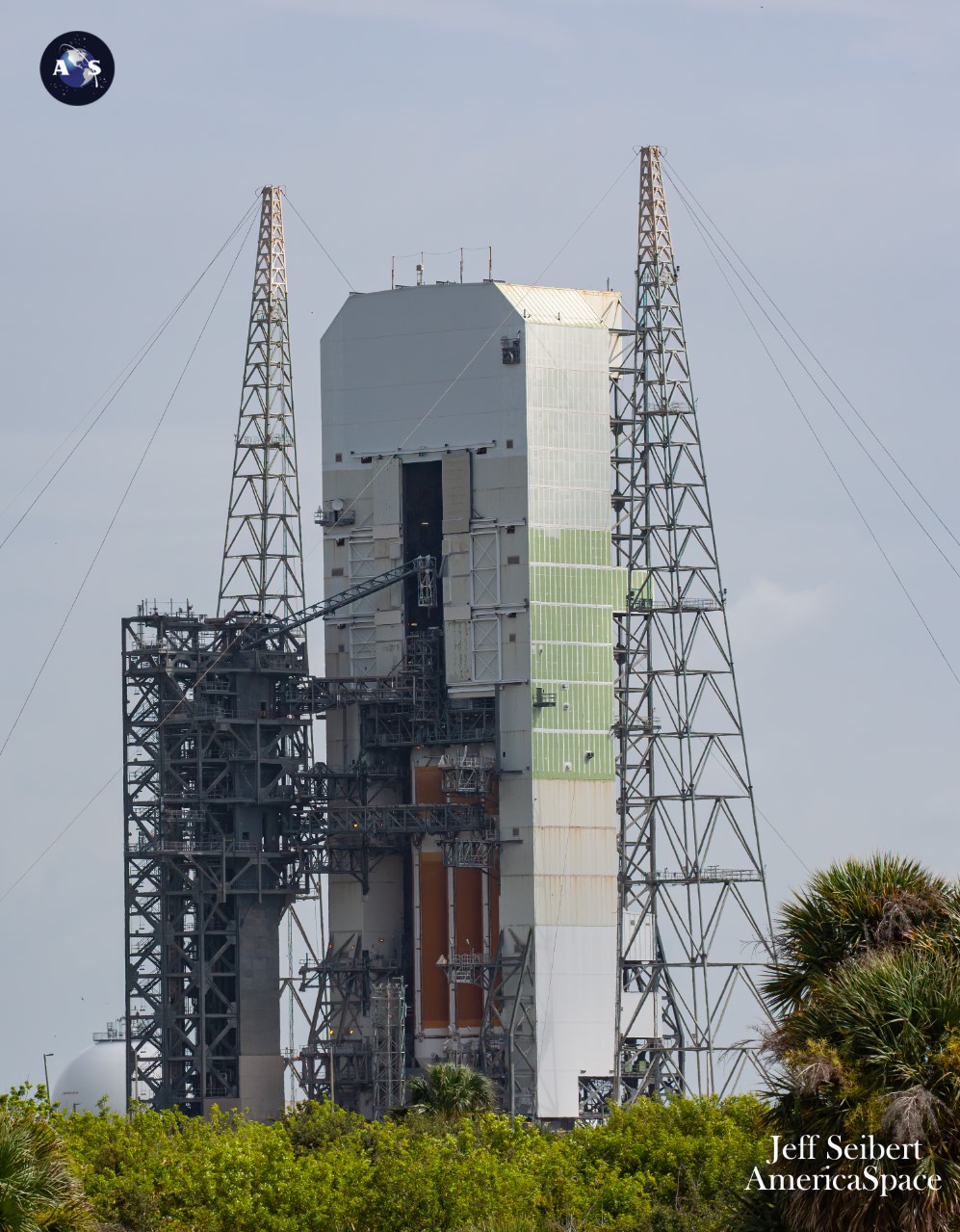
United Launch Alliance (ULA) has called off the opening launch attempt of its second-to-final Delta IV Heavy mission from Space Launch Complex (SLC)-37B at Cape Canaveral Space Force Station, Fla., citing an issue with a ground systems pneumatic valve. Teams will now realign for a backup attempt at 3:25 a.m. EDT Thursday.
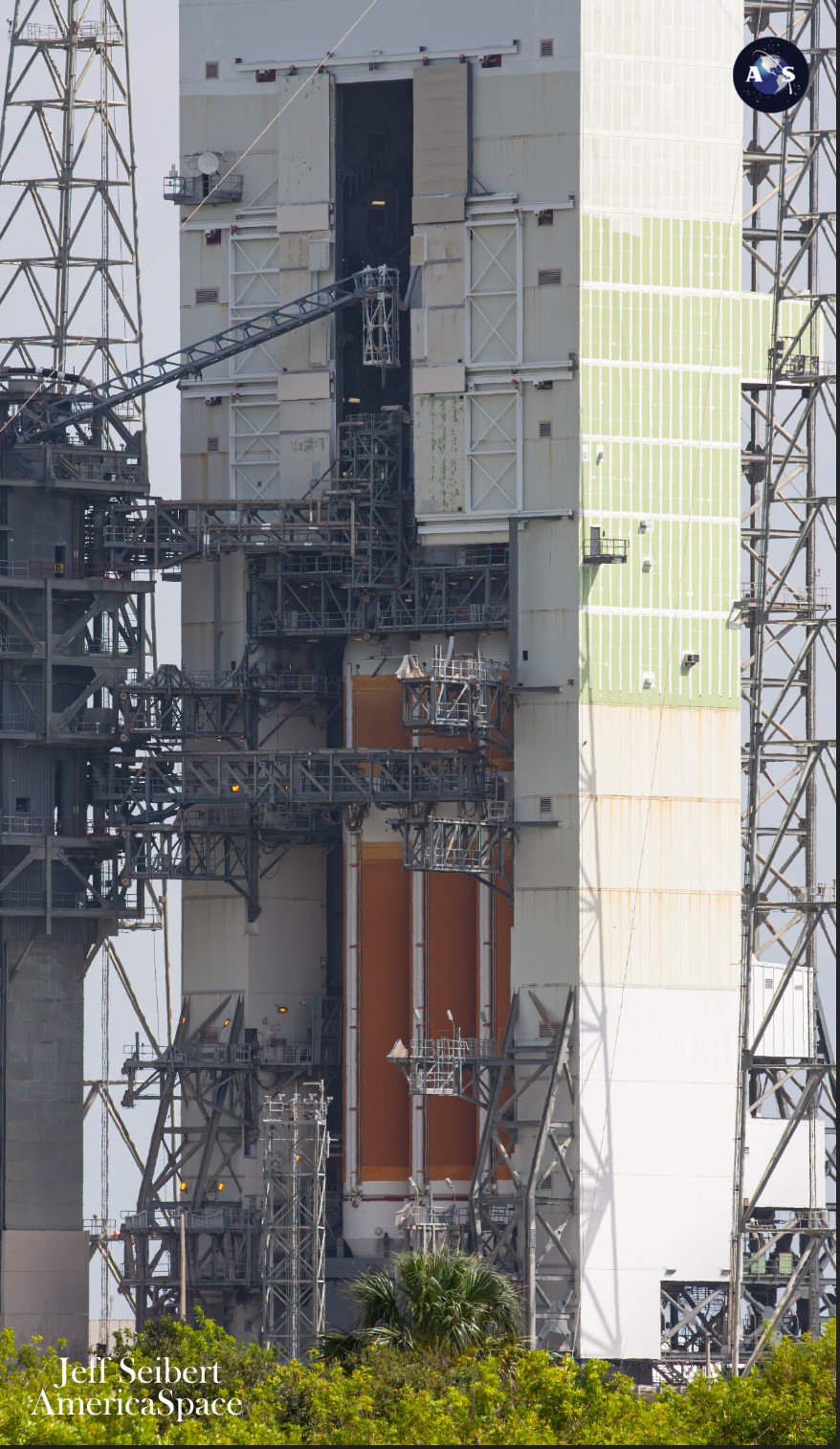
Plans for this morning’s pre-dawn mission began in September 2019, when a five-year, $1.18-billion modification to the existing Delta IV Heavy contract was announced by ULA and the Space and Missile Systems Center (SMC) at Los Angeles Air Force Base. Under its language, five secretive NRO missions would ride the final five scheduled Heavies. Three of those missions—NROL-44 in December 2020, NROL-82 in April 2021 and NROL-91 last September—have now flown, with NROL-68 now awaiting liftoff tomorrow and NROL-70 waiting in the wings for her own flight in 2024.
NROL-44 is generally believed to be an Orion/Mentor Signals Intelligence (SIGINT), operating in Geostationary Earth Orbit (GEO), whilst the NROL-82 and NROL-91 payloads are thought to be low-orbiting electro-optical surveillance satellites. The nature of the final two members of the group are unknown.
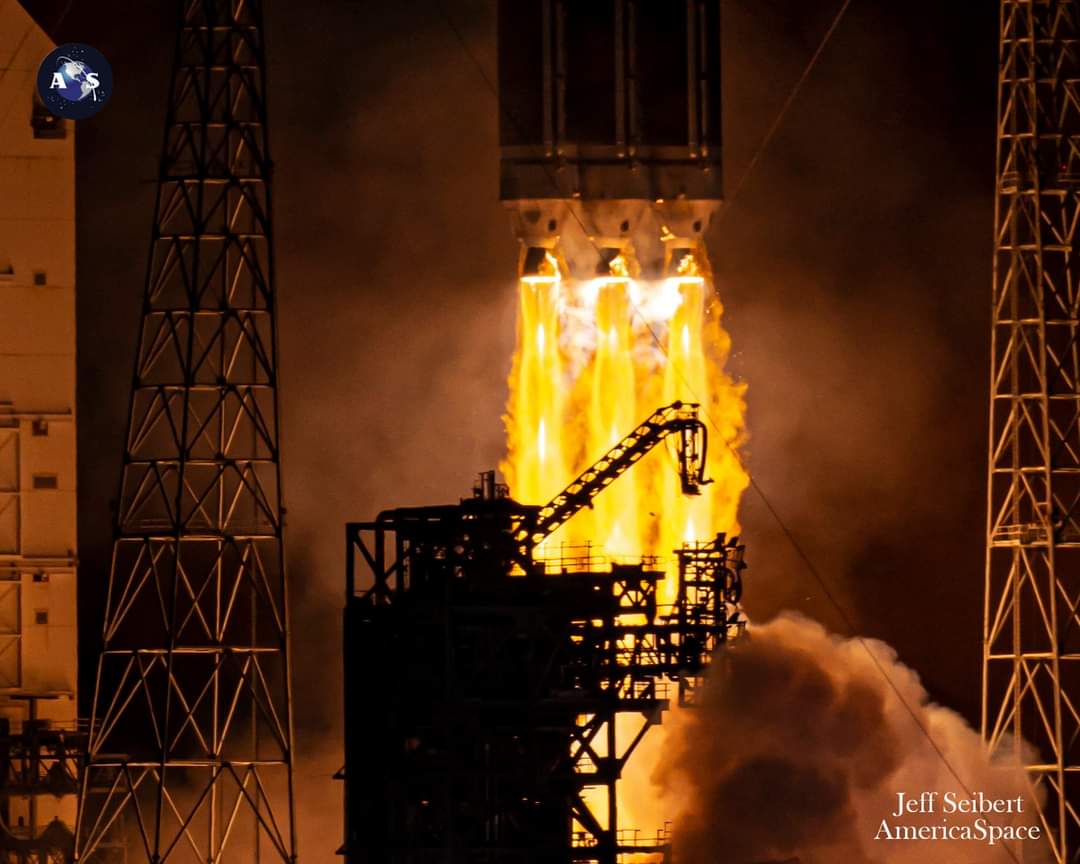
However, NROL-68’s mission patch features an infant dragon, “symbolizing”, noted the NRO, “the birth of new capability in space”. The hatchling, it was added, “has its mother watching over it as it sets its eyes on first flight”. Tantalizingly, the patch carries the Latin legend “Nusquam Celare”, or “Nowhere to Hide”.
Delta IV Heavy hardware for NROL-68 began arriving at the Cape from ULA’s facilities in Decatur, Ala., in February 2022, with launch originally anticipated earlier this year. But the targeted 20 April launch was postponed when ULA teams discovered a flight valve that exhibited off-nominal behavior.
Last month, a No Earlier Than (NET) date of 21 June was co-ordinated with the Eastern Range, along with an expansive “launch window” from 3 a.m. EDT through 7:45 a.m. EDT. That window has since been narrowed to a precise T-0 point at 3:29 a.m. EDT.
Earlier this week, ULA, NRO and Space Force leaders wrapped up the Launch Readiness Review (LRR) with a definitive “Ready” status for the flight. And at precisely 6:59 p.m. EDT Tuesday, countdown operations commenced at T-8 hours, with an expectation that the count would be punctuated by a pair of 15-minute “holds”: one just prior to fueling at T-4 hours and 15 minutes, the second shortly before the Terminal Count at T-4 minutes.
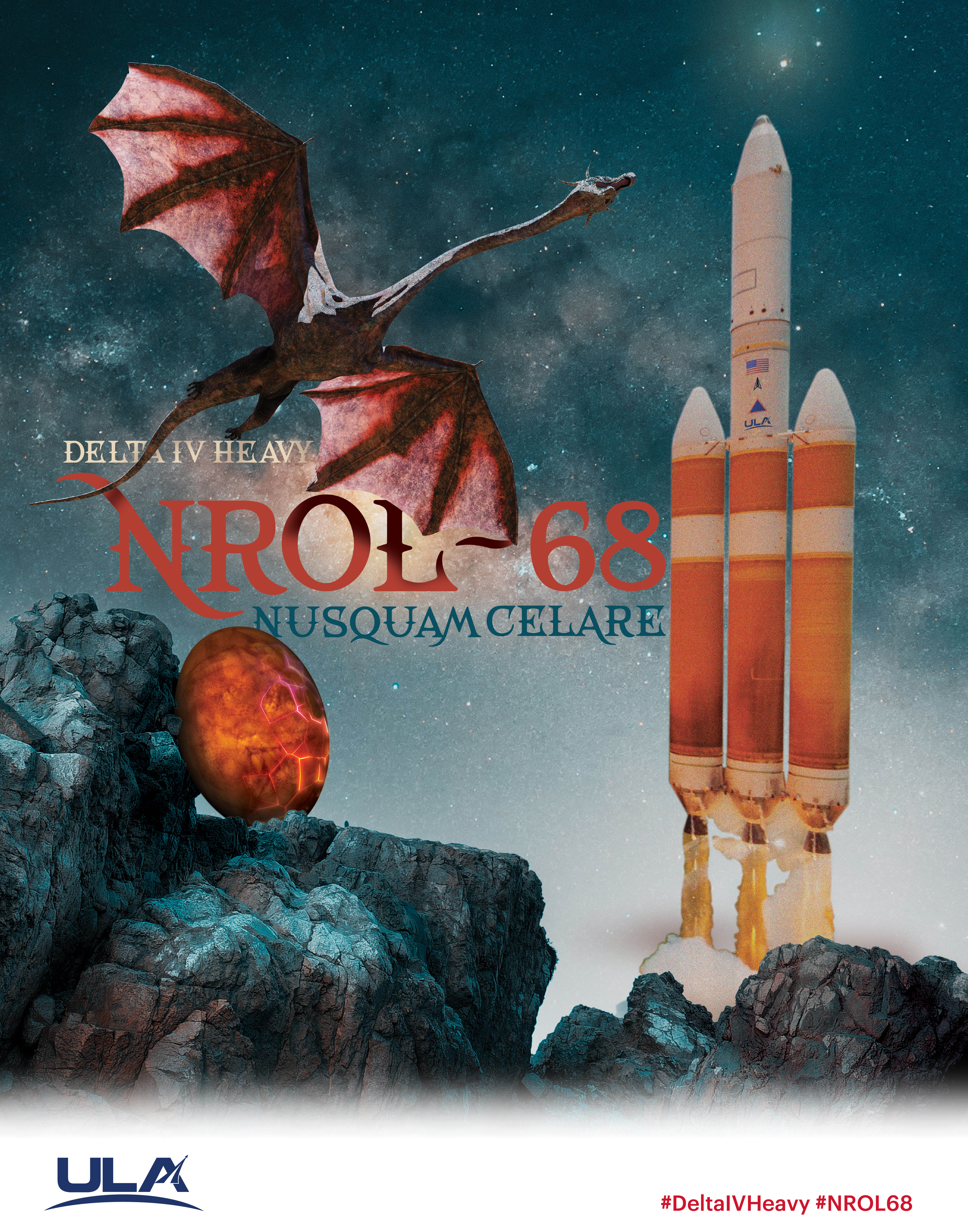
But Mother Nature remained the focus of concern, with conditions for launch hovering about 75-percent-favorable. “An unsettled weather pattern…characterized by above-normal opportunities for showers and thunderstorms” was expected to remain in place throughout the week, noted the 45th Weather Squadron at Patrick Space Force Base on Tuesday.
The highest risk of storms and associated clouds was anticipated in the overnight hours, as upper-level disturbances were expected to interact with a surface boundary across North Florida. All told, this triggered a “high threat” for showers and storms during the process of rolling back the 33-story Mobile Service Tower (MST) from SLC-37B to expose the Delta IV Heavy on the pad.
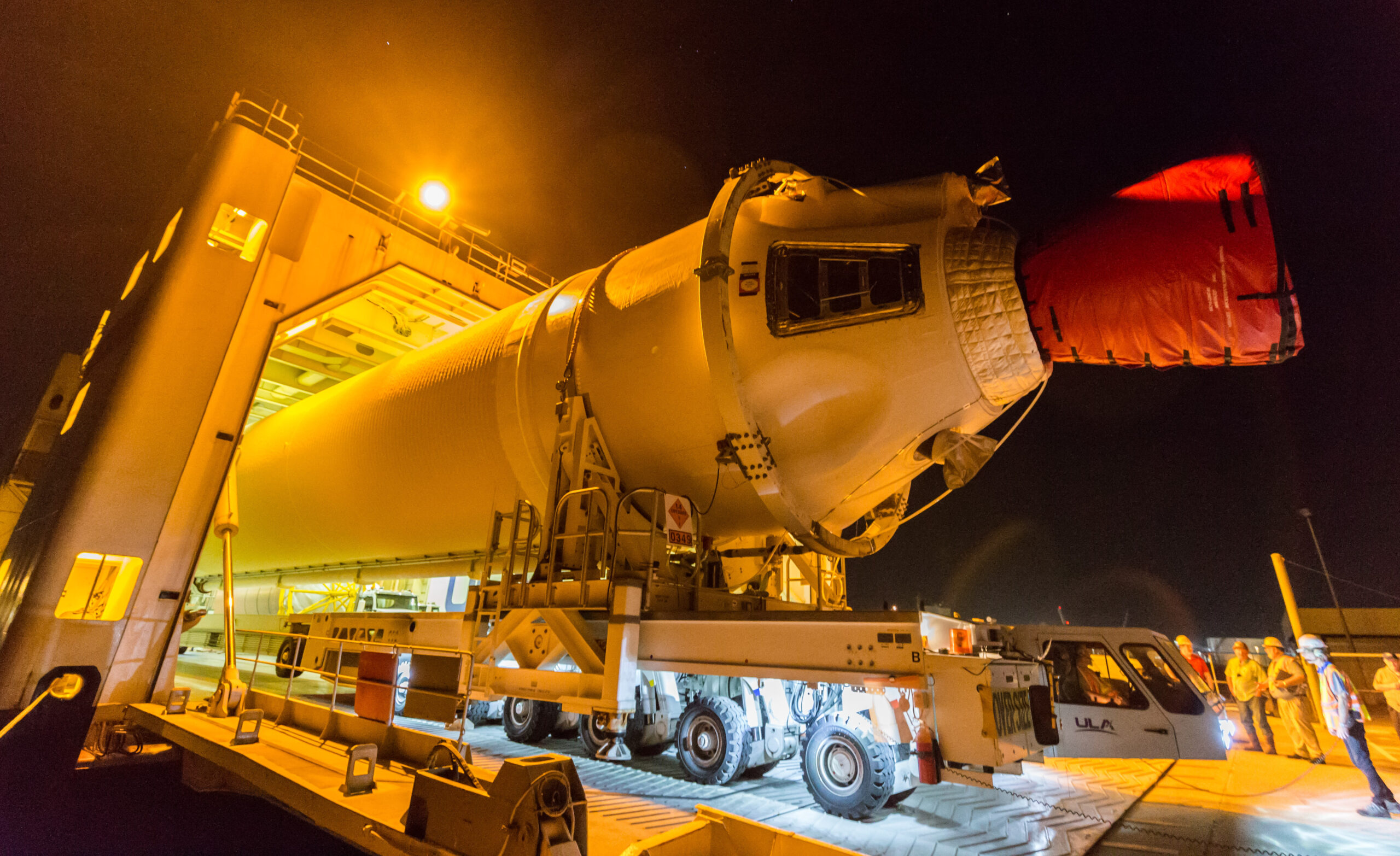
Shortly after 7 p.m. EDT Tuesday, ULA teams elected to hold off on the MST rollback until the weather outlook—and an elevated chance of high winds—improved. In the meantime, the 235-foot-tall (72-meter) Delta IV Heavy was powered-up and teams began spooling-up its avionics and activating its flight computer.
“Prep for roll complete,” tweeted ULA CEO Tory Bruno. “Waiting on a lightning hold.”
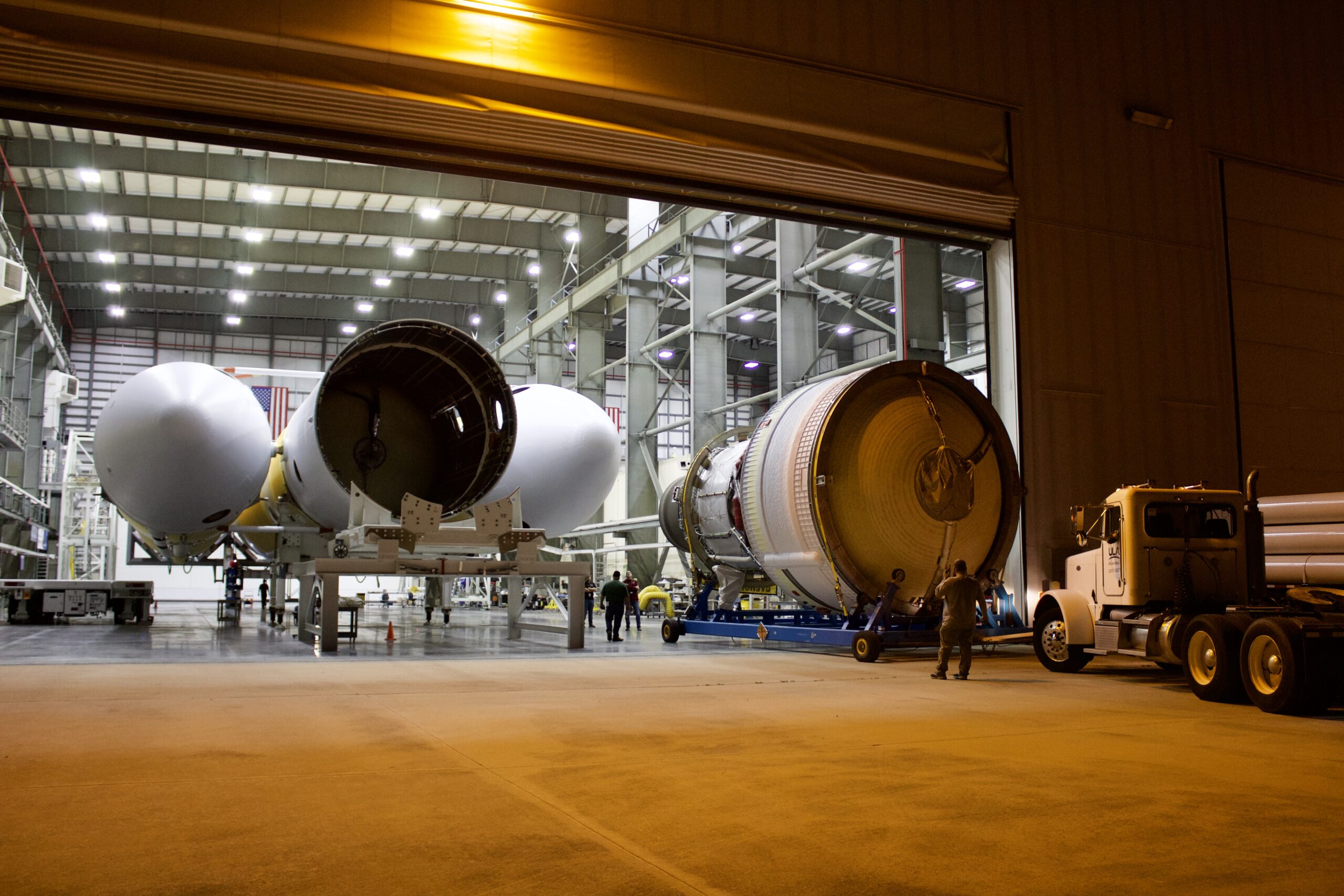
Finally, as the weather picture began to brighten, ULA Launch Conductor Scott Barney authorized MST Rollback and at 9:07 p.m. EDT the giant tower began inching away at a pace of a quarter-mile-per-hour. Forty-eight minutes later, at 9:55 p.m. EDT, the MST was declared fully retracted as it reached its “Hard Down” position, exposing the behemoth rocket under the glare of floodlights.
At 10:24 p.m. EDT, after a slightly longer first hold in the count, Mr. Barney concluded a poll of his team and gave permission to load the Delta IV Heavy with around 470,000 gallons (2.1 million liters) of liquid oxygen and hydrogen propellants, which would feed the rocket’s three Common Booster Cores (CBCs) and allow the trio of RS-68A engines to lift the vehicle off the pad.
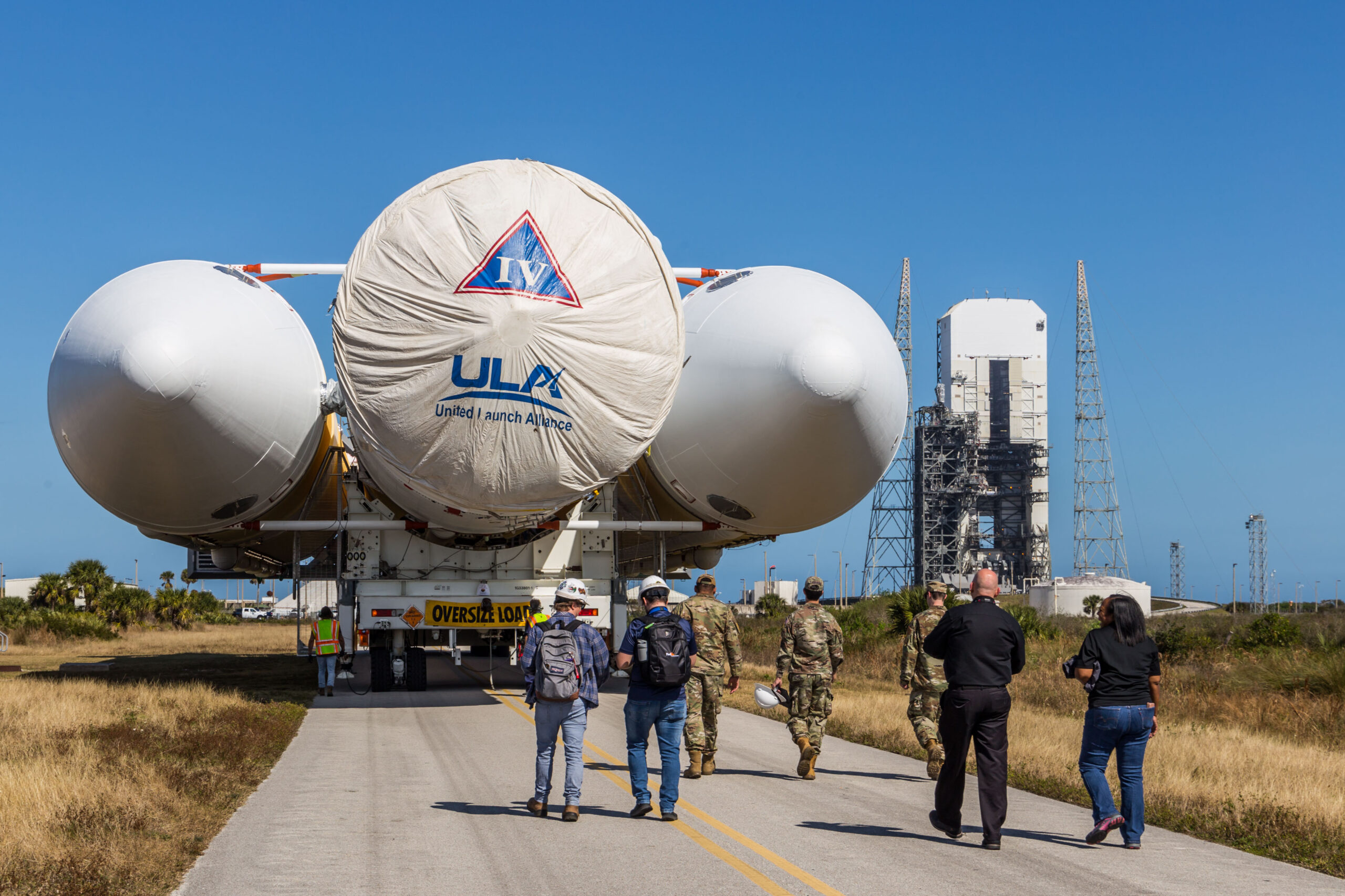
In response to the earlier delay to MST Rollback and the lengthened first hold, a new T-0 point was co-ordinated for 3:56 a.m. EDT. But as engineers began chilling down the Delta IV Heavy’s fuel lines ahead of propellant loading, shortly after midnight an unplanned hold was inserted into the countdown for pre-launch checks.
That hold lasted uncomfortably for more than an hour, before ULA eventually announced that teams would stand down from the first launch attempt, citing an issue with a ground systems pneumatic valve.
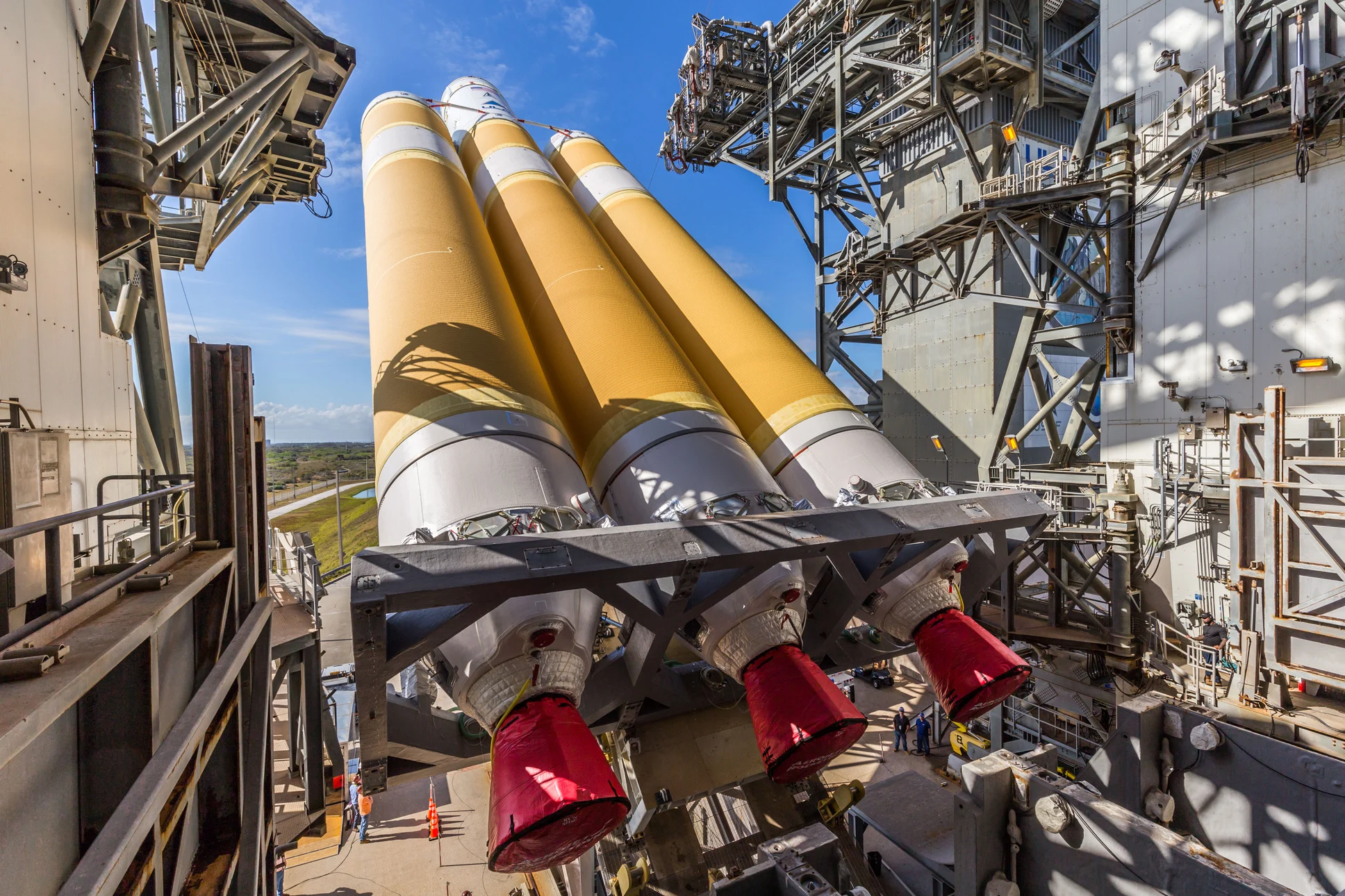
Weather for the pre-dawn hours of Thursday looks set to notch up to 80-percent-favorable, characterized by “a subtle shift in [the] boundary and the flow aloft”. Meteorological risk factors for tomorrow morning include Anvil Clouds and Ground Winds.
The NROL-68 mission marks the 388th flight by a member of the Delta Family, a rocket fleet whose ancestry stretches back to May 1960. Its early missions included Echo-1, the first passive communications satellite, launched in August of that year.
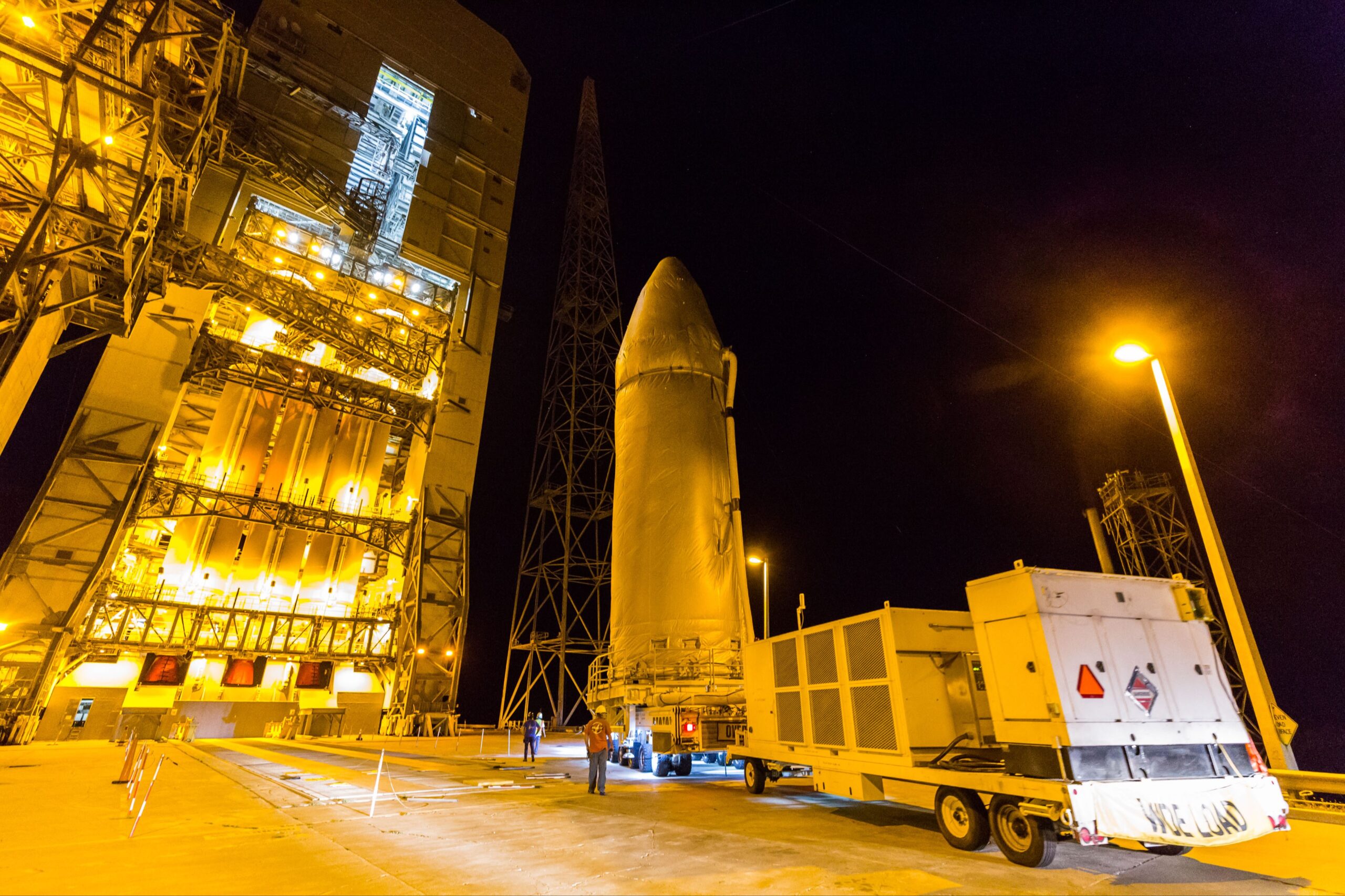
And Telstar-1, launched in July 1962, furnished the first live broadcasted television pictures between the United States and Europe. Deltas also lofted the world’s first geosynchronous communications satellite, Syncom-2, in July 1963, as well as Intelsat-1—the famous “Early Bird”—which delivered near-instantaneous transcontinental television and telephone broadcasts for the first time after its April 1965 launch.
In addition to communications, the fleet has delivered missions ranging from meteorology to solar science, atmospheric and magnetospheric physics and space research and Earth resources to life science. Key payloads included Solar Max—later repaired by the Space Shuttle—in February 1980, the Infrared Astronomical Satellite (IRAS) in January 1983 and the Near Earth Asteroid Rendezvous (NEAR) mission, launched in February 1996 to visit, orbit and explore asteroid 433 Eros.
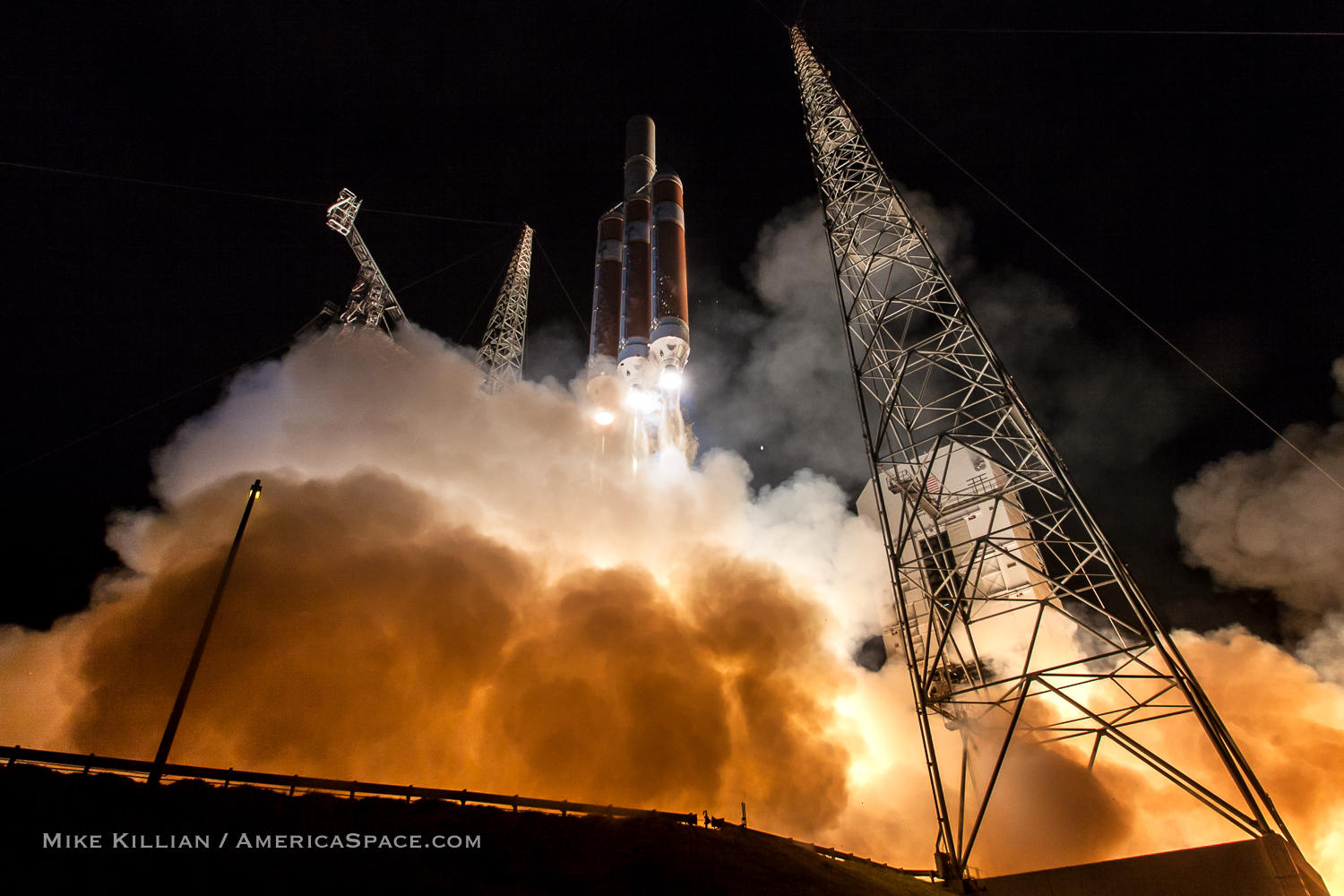
Members of the Delta Family kicked off multiple voyages to the Red Planet, including Mars Pathfinder and its historic Sojourner rover in December 1996, the Spirit and Opportunity rovers in the summer of 2003 and the Phoenix lander in August 2007. Other missions included the Spitzer space telescope—fourth and last member of NASA’s fleet of “Great Observatories”—and the MErcury Surface, Space ENvironment, GEochemitry and Ranging (MESSENGER) voyage to the Sun’s closest planet.
The Delta IV Heavy has been a relatively recent addition to this decades-old family of rockets. The triple-barreled Heavy first entered service in December 2004 and with this morning’s launch has flown 15 times, delivering 11 classified payloads uphill for the NRO, together with the Exploration Flight Test (EFT)-1 mission of NASA’s Orion spacecraft in December 2014 and the Parker Solar Probe in August 2018.




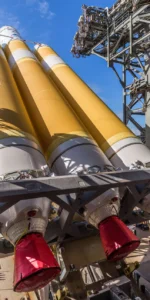
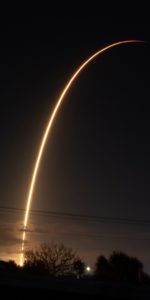
the delta launch system is a tested and proven launch vehicle which shows what American is able to do it has worked for nearly ever too bad it has to come to an end it has provided jobs from the 50s development to the year 2023 says alot for this country and all the areo industery and what we can do proud to be an american Now to cut cost over runs by all the areo space groups so thank you delta and all the industry and what a fitting name for a rocket DELTA